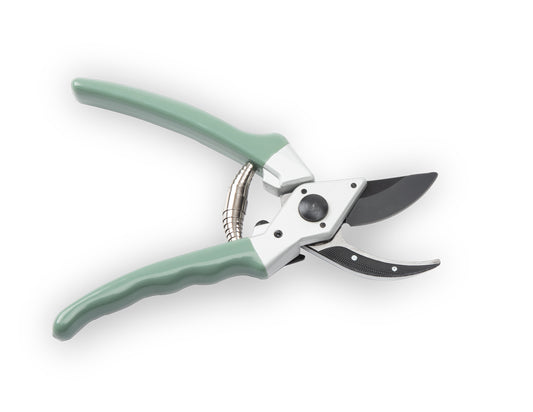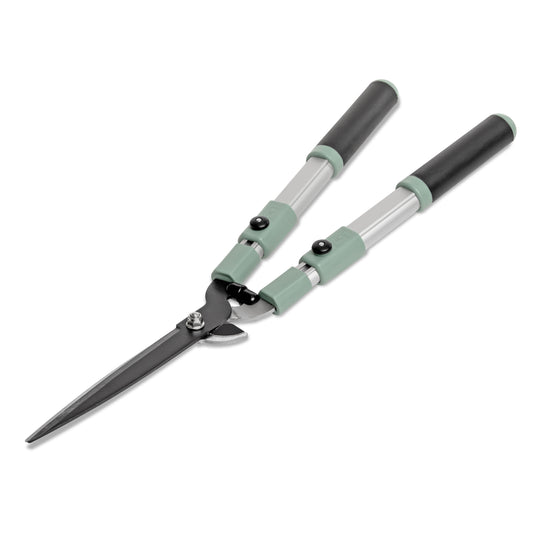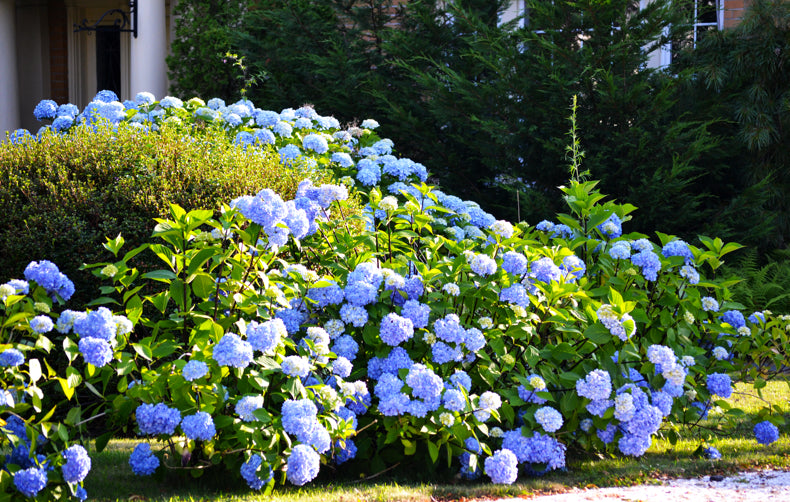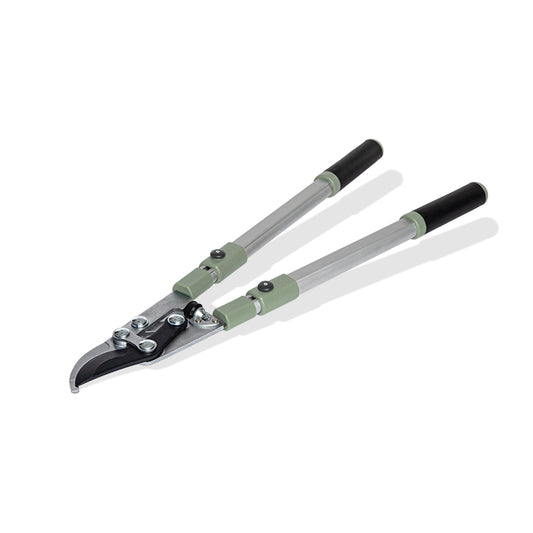When it comes to hedges, a lot of emphases is placed on maintenance and extensive open-plan gardens. Still, hedging deserves the spotlight as a creative and picturesque alternative to screening and privacy garden walls, whether that be in suburbia or on an apartment rooftop. Hedging doesn’t have to be limited to glossy green blocks of sculpted bush and to prove it, we’ve put together eight of our favourite flowering hedges that promise to add pops of colour and wafts of sweet perfume to your garden during the flowering season.
The greenery in hedges is typically formed by a plant called buxus. Buxus is one of the most popular and well-recognised plants grown for hedging. Another common hedge plant is viburnums. Similar to buxus, viburnums can also grow in hot climates.
Hedges are not only great for privacy; they can also enhance the architecture of your home by reinforcing structural areas. Additionally, they are great for framing views and defining pathways around homes or properties. Hedges are also commonly used to hide untidy areas of a garden and can even block out noise if you live in a busy suburban area.
Camellia
The camellia plant bears thick, glossy dark green foliage which turns slightly yellow during the warmer months. With dedicated pruning in the early stages of growth, the camellia’s height can be easily manipulated, ranging from 1-4 metres, making it the perfect hedge for any backyard or balcony garden. When in bloom between early autumn and late winter, the camellia exuberates a vibrant colour palette of pinks, reds and yellows. The flowers are short-stalked, arranged tightly around the centre bulb, slowly widening and fanning out the larger it grows. The camellia grows best in coastal regions of Australia, however, due to the delicate nature of its flowers, it is best to avoid areas exposed to strong winds and severe heat, so be mindful when picking a spot to plant this shrub in.
Daphne
If you are looking for a low-growing hedge, then the daphne plant is the hedge for you. This neat, compact bush has glossy leaves with showy round heads of four-petaled flowers. Blooming in early spring, the small blooms grow in bright shades of pink, red, purple and off-white. Daphne is best grown in coastal areas of Australia as it copes well with humidity and steady winds. Originating from Asia, this shrub has adapted aesthetically to be a spectacular combination of vintage cherry blossoms and tropical frangipani. Like frangipani, the daphne plant has a summery fragrance accompanied by tiny fruits. Daphne is a popular shrub for garden beds as it has a creeping nature, which tends to offer a lot of ground cover.

French Lilac
One of the taller plants classed as a blooming shrub, the French lilac grows between two and four metres in height, bearing thin spindly branches sprouting heart-shaped lime-green leaves. Due to the delicate nature of the shrub’s foliage, it is recommended to plant French lilac in small groupings for a bushier ‘garden wall’ effect. French lilacs flower with large bouquet-like bunches of soft purple to deep mauve blooms emitting a delicate scent, perfect for an indoor cut flower display. You’ll find the flowers nestled closer to the top half of the shrub, adding a striking purple haze to your garden. French lilac thrives in coastal areas of Australia; however, they also tend to do well in drier, more western areas.

Hydrangea
The hydrangea is most definitely a classic beauty of the garden. Growing between 1-1.5 metres in height, hydrangea is a showy shrub thanks to its large globe-shaped flowers that bloom in shades of white, pink, lilac and pale blue atop large leafy foliage. The hydrangea has been coined the gardeners’ favourite because of its easy-care and rewarding grand display. When you think of cottage blooms and stylised hedging, hydrangeas are the perfect pick for a statement shrub in your garden. Hydrangeas are versatile upon establishment and will grow anywhere in your garden if the plant has partial shade. Be mindful that the flowers can burn in the sun during early spring and summer. Keep the soil moist and cut off dead flowers with secateurs to prevent the whole shrub from bowing over with the weight of its flowers, which bloom predominately at the top half of the shrub.
Rhododendron
If you are looking to add an array of blooming white or fuchsia flowers to your garden, then the rhododendron is for you. Popular for garden screening, rhododendron flowers blanket the two-metre hedge during mid-spring right through to the end of summer. When the buds are dormant throughout the winter months, the shrub displays vibrant mint-green foliage, which adds a fresh spring feel to your garden year-round. Rhododendrons are prevalent along the coastline of Australia due to their tolerance of coastal winds. This shrub is easily manicured through pruning to bolster any garden bed or boost a divide between your garden and your neighbour’s.

Secateurs 225mm | Sage

2-in-1 Hedge Shears
Rose of Sharon
Part of the hibiscus family, the rose of Sharon is a unique shrub due to its dual-coloured flowers. In bloom from summer through to mid-autumn, the rose of Sharon blossoms with trumpet-shaped flowers, most often appearing in shades of baby pink with a deep fuchsia inner petal. You will find this plant growing in coastal areas of Australia due to its love of direct sunlight and a steady breeze. The rose of Sharon grows between two and four metres in height, making it the perfect statement piece for a garden divider or showy garden bed.
Viburnum
If adding colour to your garden is not top priority, then the viburnum is your go-to shrub. Viburnum bears large silvery-green leaves and small clusters of delicate white flowers. The viburnum is a popular choice for hedging and screening due to its versatility. With less pruning required, viburnum grows thick foliage and produces small fruits with a light citrus aroma. The flowers and fruits will appear in early spring. Expect the height of the shrub to grow to two metres and to fully cover the area in which it’s planted quite quickly. Viburnum is drought-tolerant and loves warm spring weather, which is the perfect time to plant and prune this fast-growing shrub. During the warmer months, you will find that the viburnum’s fruit will attract all kinds of birds and bees, boosting your garden’s eco-system.
Weigela
Weigela is a classic choice for any shrub border, famed for its deep red and pink blooms that flourish in early summer and bloom slowly throughout the rest of the year with darker, more sparse mauve foliage. Weigela is also known by the name ‘fairy trumpets’ due to the small size and shape of its dainty flowers that grow on long, cane-like branches. These plants are fast growers, reaching their full size of around two metres in height after just a few seasons. When propagating weigela, pick a spot in your garden that receives maximum sun exposure. Weigela pruning is essential. Mature bushes will benefit from the removal of older interior branches. Weigela should be fertilised once per year, preferably during the colder months to prepare the plant for the next flowering season. If you are just starting out in the garden, then you will appreciate that weigela is subject to very few (if any) pests or diseases, making it an easy plant to grow for beginner gardeners.
N.B. This article has been written for Australian gardens. If you're reading this from around the world, we do hope you've found it a useful stepping stone for your own further research.
















